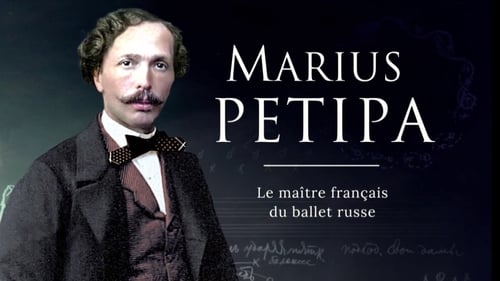
Editor
When he arrives in Saint Petersburg, at the age of 29, Marius Petipa is just an obscure dancer who fled western Europe to escape his debts. He is far from imagining that his engagement in the troupe of the Russian Imperial Ballet, then rather mediocre, will reveal him, forty years later, as one of the greatest choreographers in the history of dance. It is within the Bolshoi Kamenny theaters, then Mariinsky, in a still provincial capital where three productions a year are enough to satisfy an undemanding audience, that this native of Marseille will invent a new art of ballet, over the course of sixty of creations, between 1862 (La fille du pharaon) and 1895 (Le lac des cygnes).

